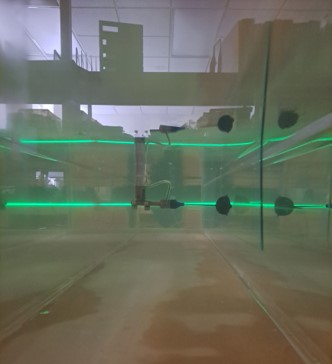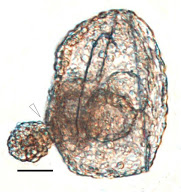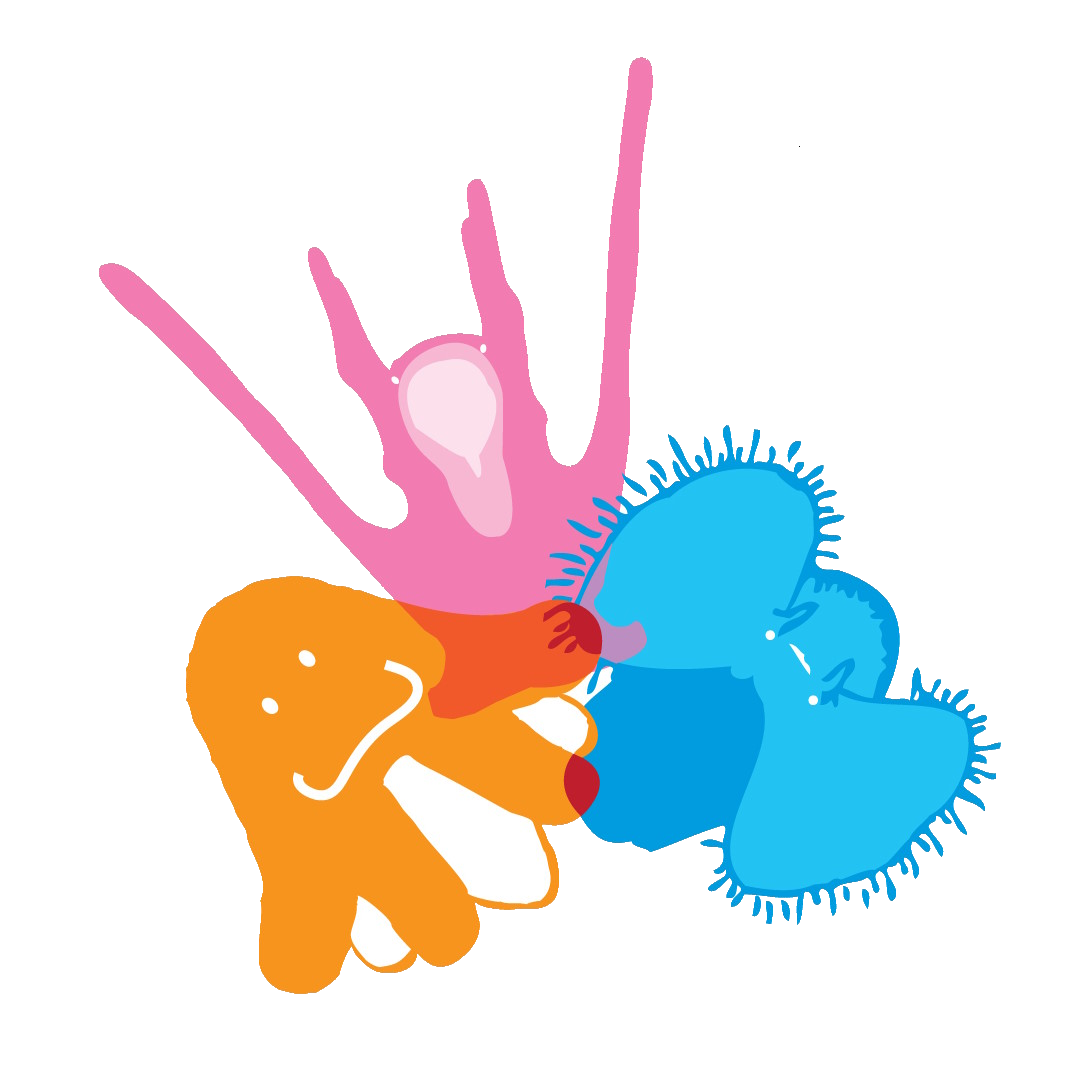Our research focuses on themes:
- Interactions between organisms and their fluid environment
- Impacts of ocean change on plankton performance
1. Interactions between organisms and their fluid environment
A. Quantification of fluid disturbance of marine invertebrate larvae and their ecological implications

Swimming plays an important role in the survival and dispersal of marine invertebrates during the planktonic larval stage. Applying the micro-PIV technique pioneered at Dr. Houshuo Jiang’s lab, we are studying larval performance and behavior in still and in flowing water.
Some of the questions we are asking include:
- How does swimming speed, ciliary motion change with ontongey?
- What kind of fluid signal do the organisms create?
- What is the tradeoff between filtering water to capture food and minimizing hydrodynamic signal to reduce predation risk?
- Do organisms from different taxonomic groups follow the same optimization rule if a-trait basted model is applied?
There are also other on-going projects to quantify larval swimming in shear and turbulence, spanning the scale of microns to meters.
B. Functional morphology of planktonic larvae
Morphology of plankton are diverse and our lab is interested in the biomechanical constraints morphology imposes on key ecological functions. These constraints in turn shape the evolution of larval forms. We use dynamically-scaled and computational models to address these problems.
We are currently working on the following questions:
- How do body extensions affect forces and torques larvae experience?
- Morphology often varies under different environmental conditions, what are the functional implications of this phenotypic plasticity?
- How do changes in morphology affect larval movement in realistic flow fields and what are the implications for transport?

2. Impacts of ocean change on early life stages

Humans are changing our ocean. Our lab is interested in how organisms response to various stressors and their underlying mechanisms. We are increasingly interested in how organisms become resilient.
We combine lab experiments with field observations and numerical simulations to address questions such as:
- How does elevated pCO2 level affect sperm and egg physiologies?
- How does natural variability shape organisms to press and pulse stressors e.g. warming vs marine heatwaves?
- What are the population and community consequences of the observed responses?
